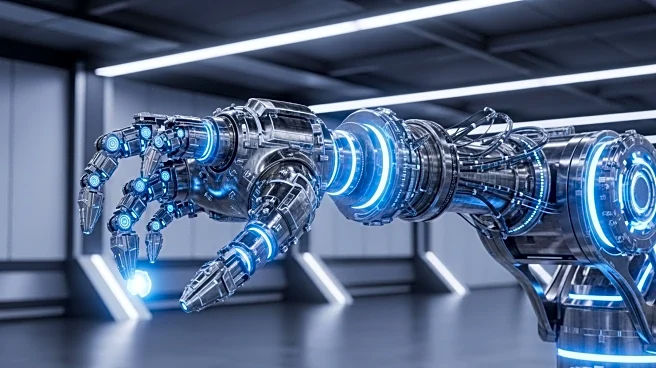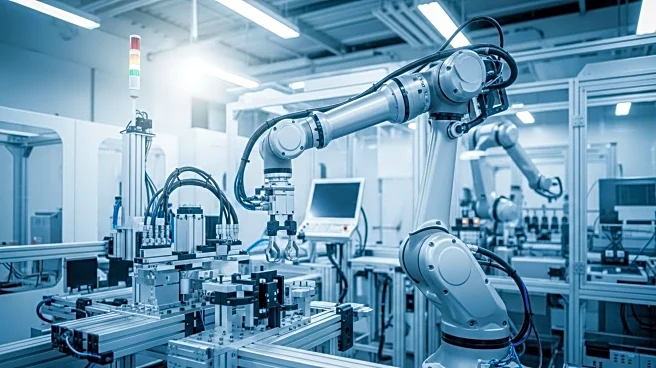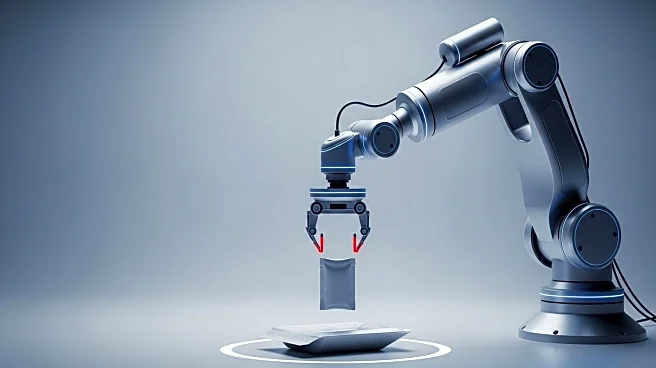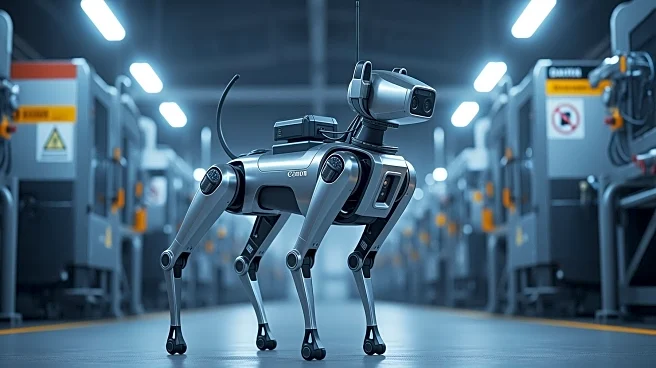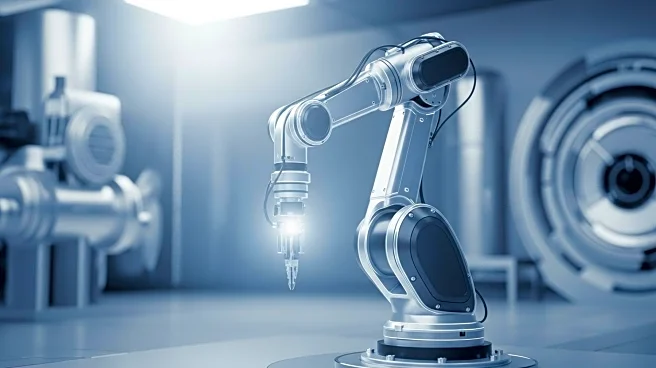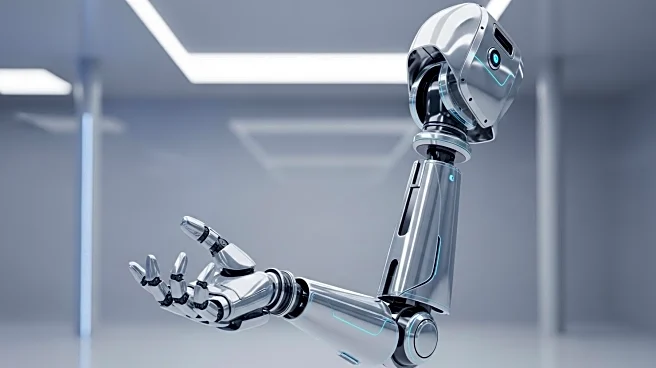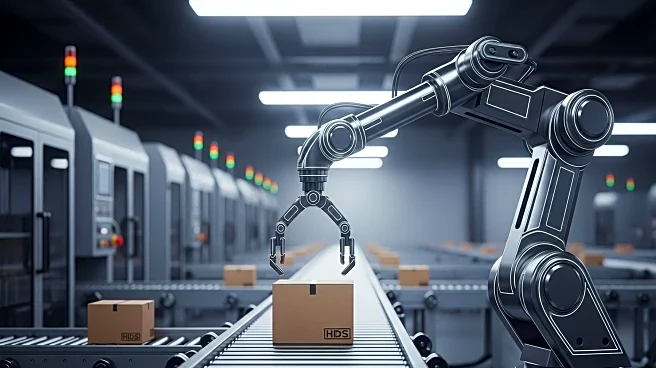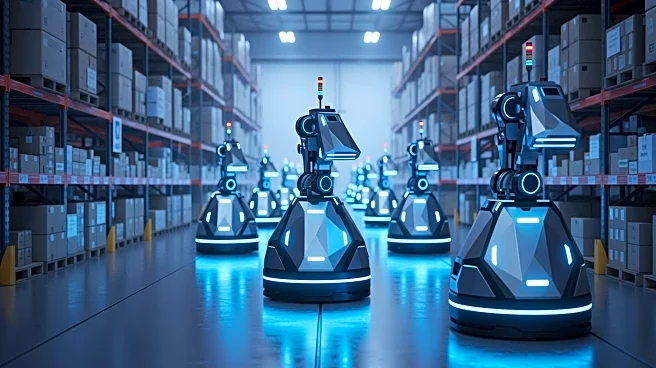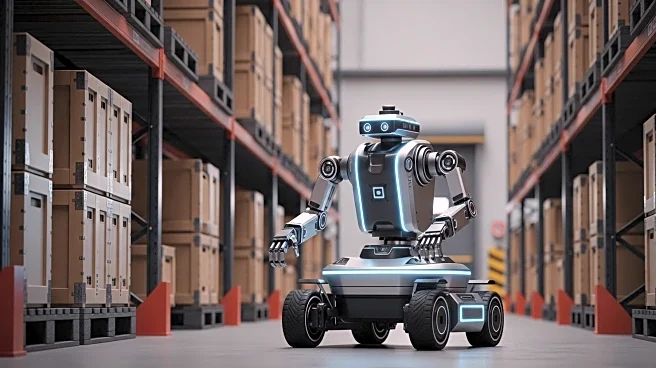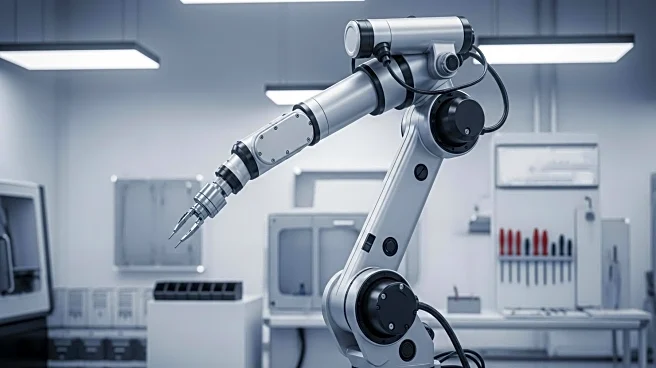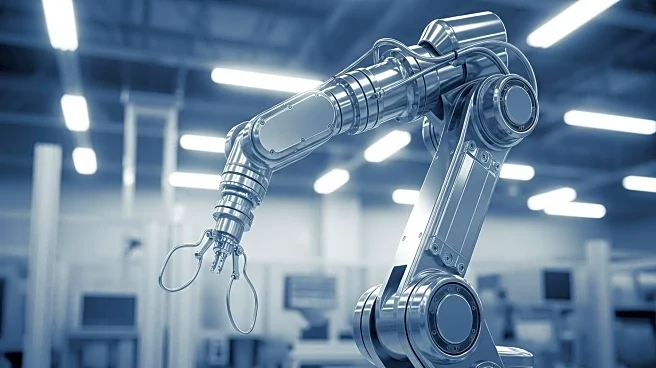What's Happening?
Despite optimistic growth projections for the industrial robotics market, companies like Dürr are experiencing strain due to slowing demand. Dürr has reduced its order-intake target and plans to cut 500 administrative positions by 2026. The company is also restructuring to save costs amid weaker project demand. While the global market is expected to grow, with projections of up to 19.4% CAGR, the industry faces challenges such as declining robot shipments and price pressures.
Why It's Important?
The industrial robotics market is at a crossroads, with growth projections masking underlying challenges. Companies are facing increased competition, particularly from Chinese and Indian firms offering lower-cost solutions. This environment pressures established players to innovate and adapt, potentially leading to consolidation and strategic shifts. The market's evolution could impact manufacturing and automation sectors, influencing global supply chains and technological advancements.
What's Next?
Dürr's strategic options include focusing on premium niches, merging or being acquired, or pivoting towards software and AI-augmented robotics. The company may need to adapt quickly to avoid structural decline, as the market becomes increasingly competitive. The broader industry may see a shakeout, with new entrants disrupting traditional players and driving innovation.
Beyond the Headlines
The robotics industry's challenges reflect broader trends in technology and manufacturing, where innovation and cost-efficiency are paramount. As the market matures, companies must balance hardware development with software integration, leveraging AI to enhance capabilities. This shift could redefine the industry's landscape, emphasizing adaptability and strategic foresight.
